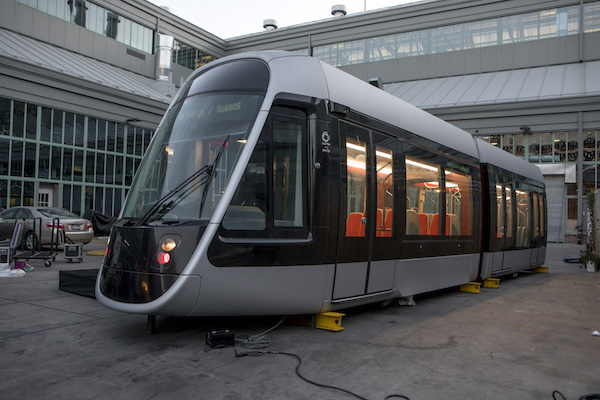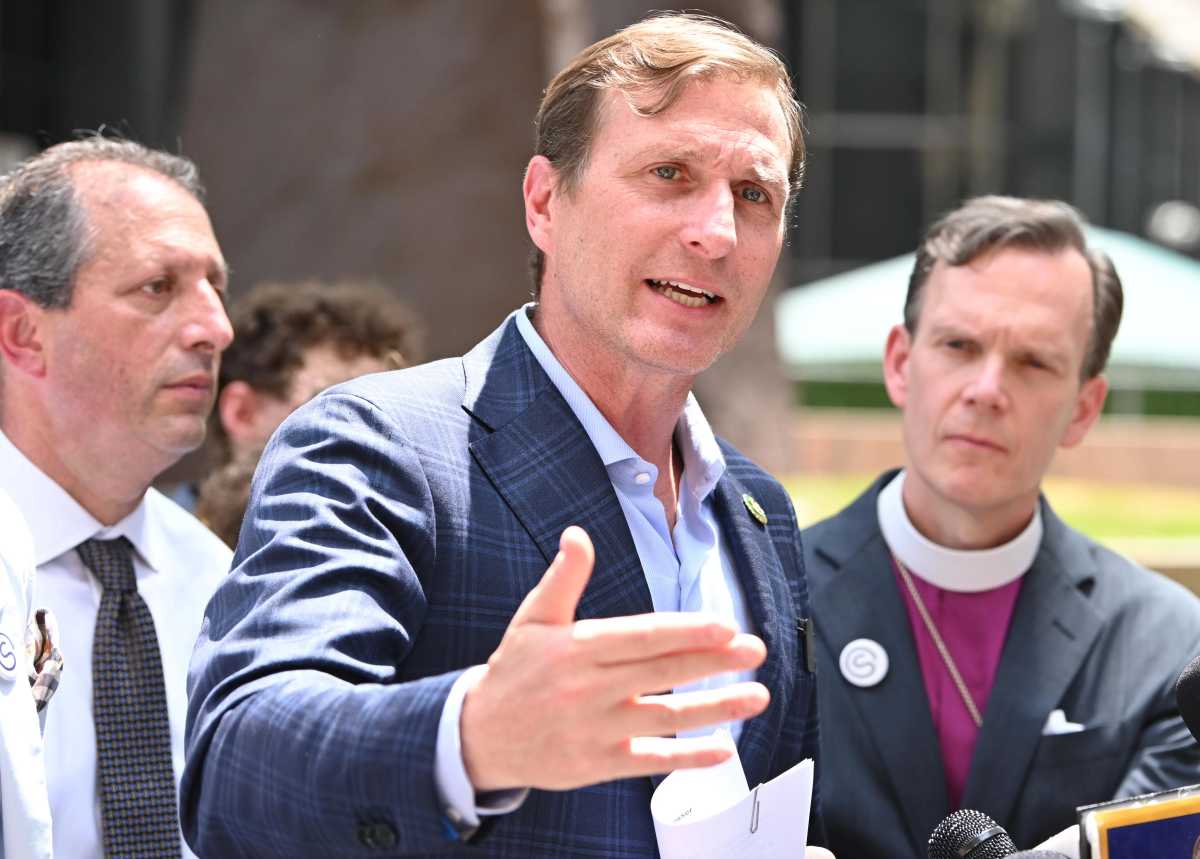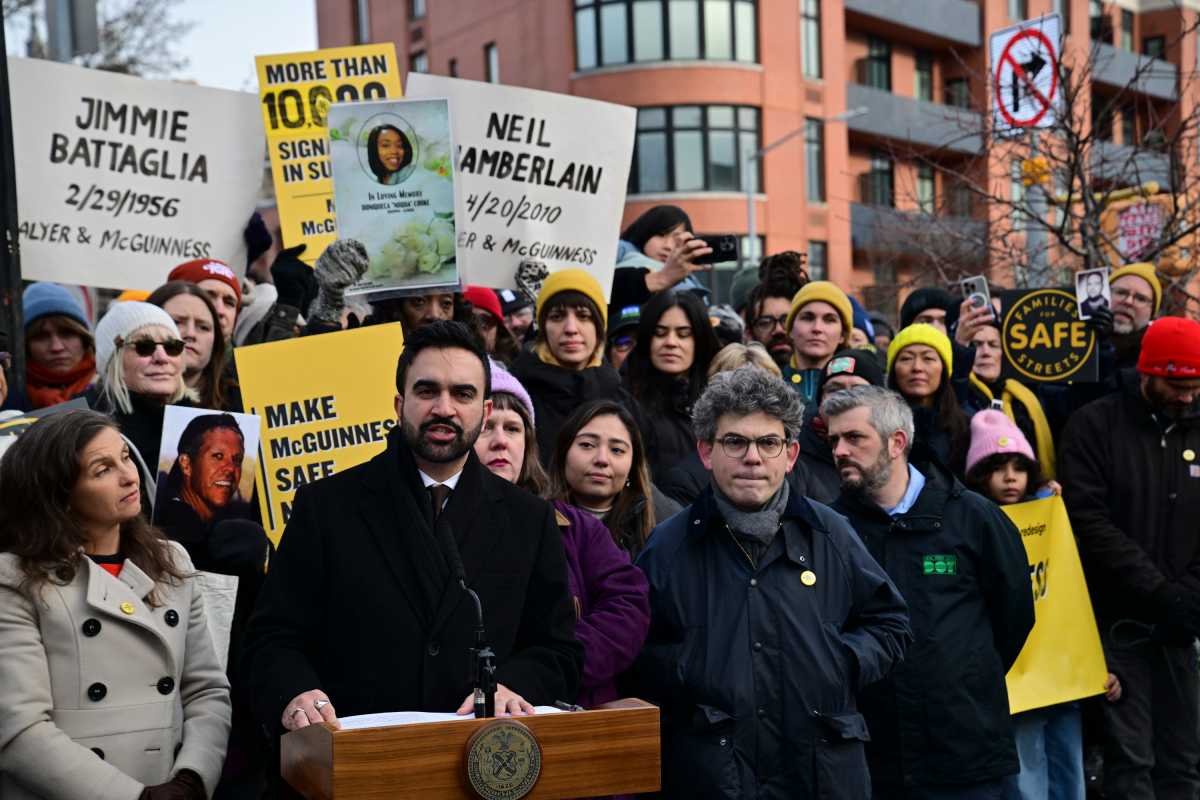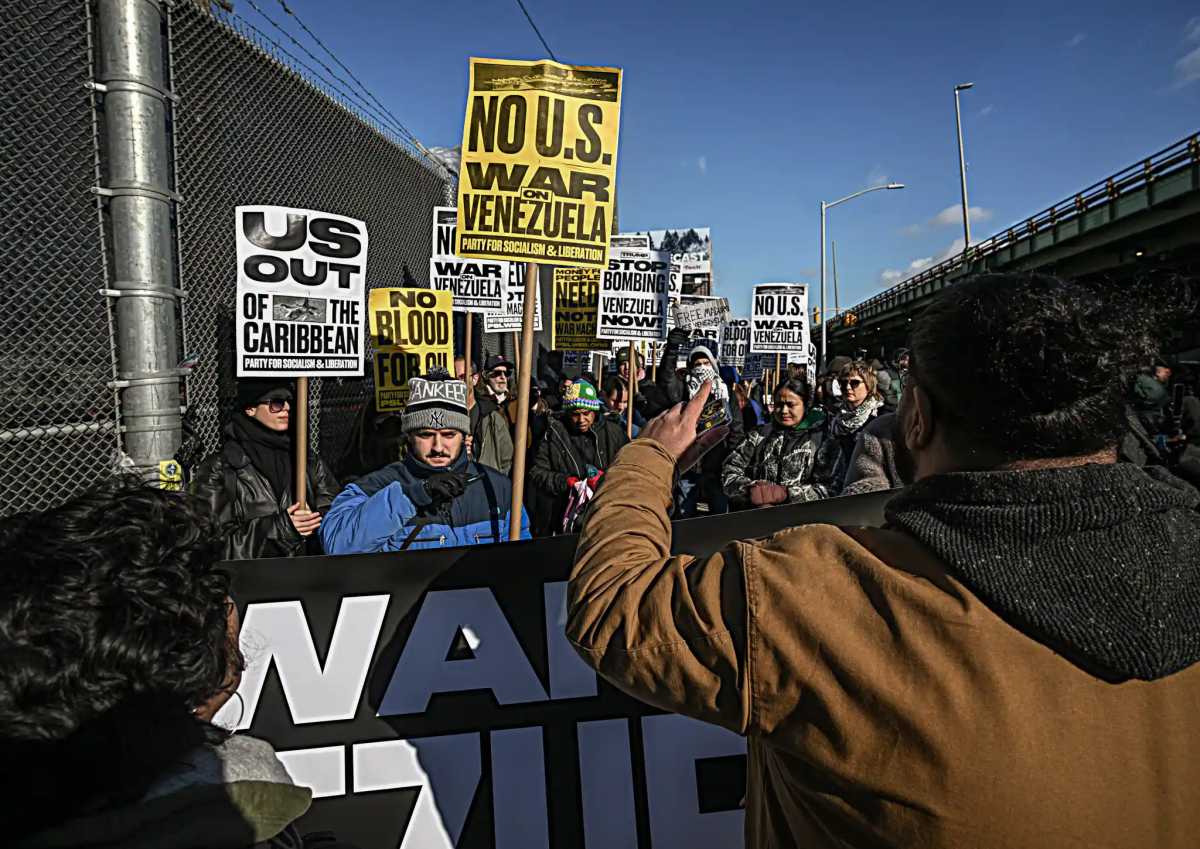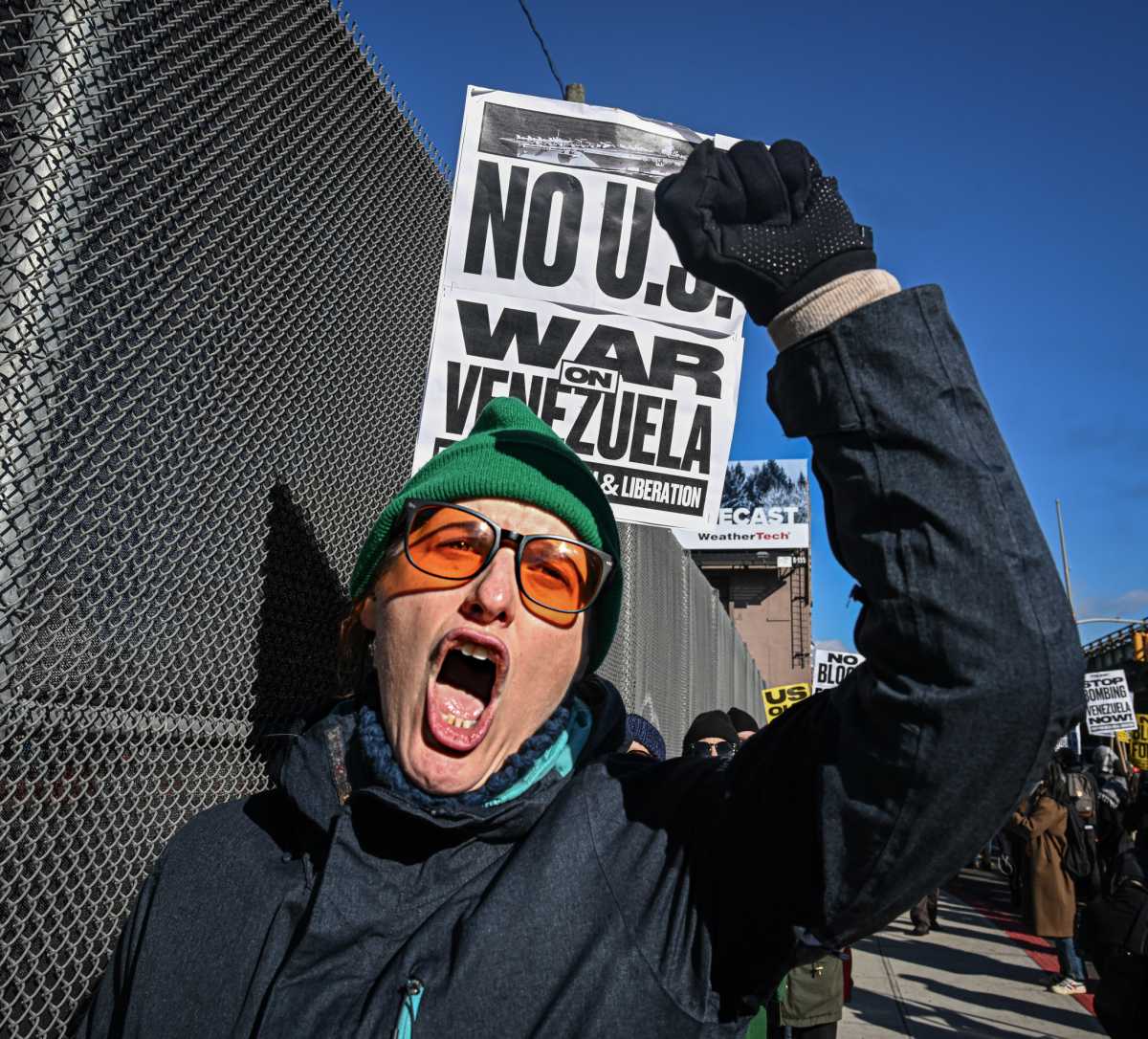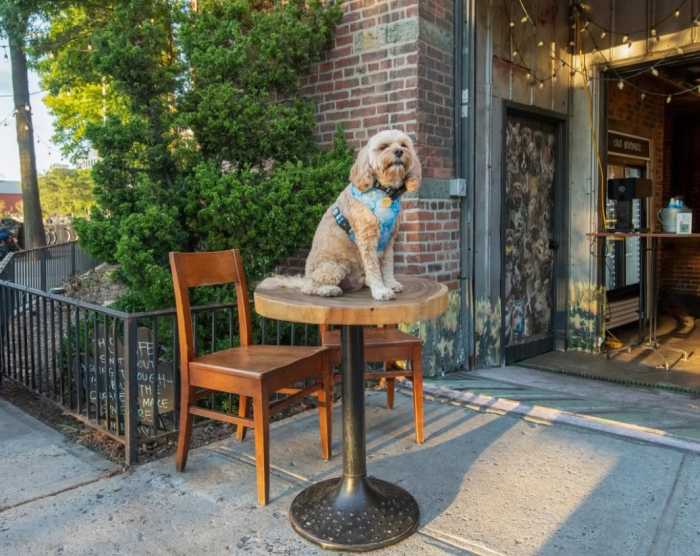Brooklyn & Queens Borough President’s, NYCHA Leaders, Labor Leaders, Transit & Environmental Advocates & Waterfront Business Community members alongside dozens of local residents encouraged Mayor Bill de Blasio to redouble the administration’s effort to build the Brooklyn Queens Connector (BQX).
The diverse coalition united last night at the Brooklyn Navy Yard to unveil the inaugural prototype of the BQX car that would run 14 miles along the Brooklyn-Queens waterfront from Astoria to Sunset Park as soon as 2024. The prototype was unveiled at the New Lab technology space in the growing Brooklyn Navy Yard, the potential home of stops along the route.
The 46-foot-long, 8.7-foot-wide prototype comprises two cars, including a driver cab and includes features such as street-level boarding for those with mobility challenges, open-gangways. In addition the cars have a higher capacity and have the potential for dedicated right of way and higher average speeds than MTA buses.
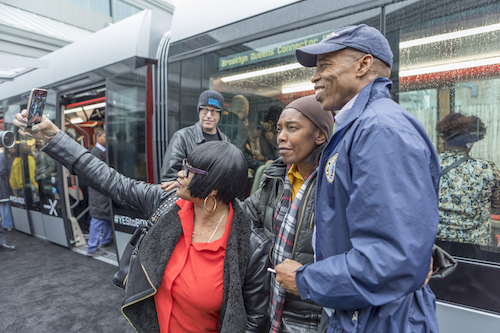
According to the current plan, the BQX will start in Sunset Park and will run through Gowanus, Red Hook, Cobble Hill, Brooklyn Heights, Downtown Brooklyn, DUMBO, Vinegar Hill, The Navy Yard, Williamsburg, Greenpoint before heading to Long Island City and ending in Astoria. The 16-mile route along the East River waterfront corridor is planned to run 24-hours-a-day with five-minute intervals at peak hours with stops a half-mile apart.
Brooklyn Borough President Eric L. Adams highlighted the need for the new transportation link as a necessary project for underserved neighborhoods along the waterfront.
“At my inauguration nearly four years ago, I laid out a vision for a new transportation link for Brooklyn’s waterfront, a line to connect historically underserved transit deserts and unlock the full potential of our neighborhoods; that vision is captured by the BQX proposal,” said Adams.
“The growth of our emerging job hubs is stifled by the severe lack of transit connecting them with our workforce. he BQX is a bold idea, and New York City lives and breathes on bold ideas. I look forward to seeing this proposal advance forward,” he added.
The $2.5 billion light rail system would be NYC’s most significant transit project in decades, connecting 400,000 residents and 300,000 workers between Sunset Park and Astoria to booming, yet isolated, employment hubs along the Brooklyn-Queens Waterfront. The BQX is also expected to add tens of thousands of additional jobs to the corridor while expanding opportunity and combating inequality in neighborhoods left disconnected for decades.
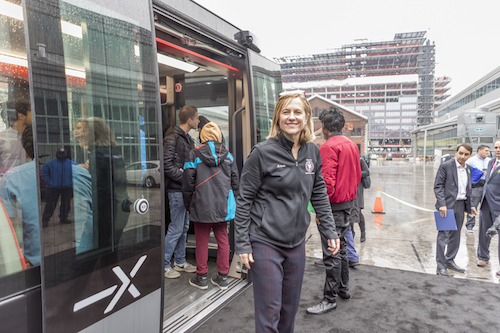
Queens Borough President Melinda Katz said transportation needs to be a coordinated effort, and in her State of the Borough address last year she talked about the fact that, it has to include the ferries, the subways, the select bus services, the bike lanes and air trains or the La Guardia connector, all of those discussions that are happening today.
“And the BQX is part of that huge discussion that we need to move forward and we need to make sure that it accomplishes quite a few things and there’s a lot of pressure put on this speech,” said Katz. “Right now, the most important thing is to make sure that we can move New Yorkers from borough to borough to Borough, and make sure that places like Astoria houses and Ravenswood, and all of the NYCHA projects are taking care of the folks who really just move freely throughout these great boroughs.”
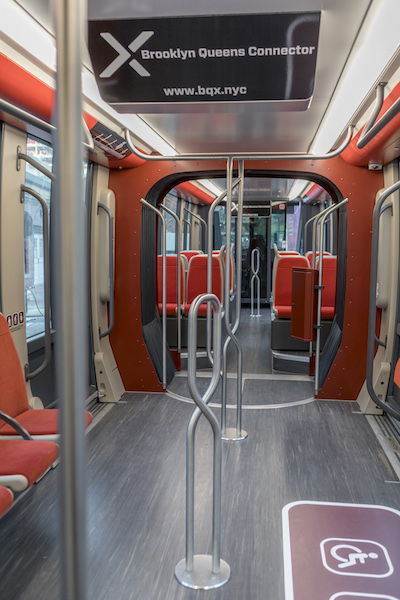 De Blasio introduced the project back in February in Red Hook, one of a long list of Brooklyn neighborhoods lacking alternative transportation links. The neighborhood is currently only served by the R train route, and relies heavily on the Metropolitan Transportation Authority’s (MTA) bus system for travel. Earlier this year, the area was finally given a stop on the NYC Ferry as part of the Rockaway Ferry Route.
De Blasio introduced the project back in February in Red Hook, one of a long list of Brooklyn neighborhoods lacking alternative transportation links. The neighborhood is currently only served by the R train route, and relies heavily on the Metropolitan Transportation Authority’s (MTA) bus system for travel. Earlier this year, the area was finally given a stop on the NYC Ferry as part of the Rockaway Ferry Route.
“The Astoria Houses have long felt forgotten by the City when it comes to transportation and only recently, thanks to new ferry service, is this beginning to change. But our residents need more reliable options. This is an issue of economic justice and it is why we have been so adamant about the need for the BQX,” said Claudia Coger, Resident Association President of the NYCHA Astoria Houses
The BQX is currently undergoing a feasibility study commissioned by the City of New York that will examine potential routes and financing models.
“It’s clear: now is the moment to move forward with this transformative project to connect hundreds of thousands of New Yorkers, including over 40,000 public housing residents, to jobs, education, healthcare and recreation along the route. Today we can start to imagine what’s possible, and now it’s time for the city to make this a reality,” said Ya-Ting Liu, Executive Director of Friends of the Brooklyn Queens Connector.


